Chapter 8: Paprika
Director: Satoshi Kon
Year: 2006
Synopsis:When a machine that allows therapists to enter their patients’ dreams is stolen, all Hell breaks loose. Only a young female therapist, Paprika, can stop it.
One Word Takeaway: Bizarre
I fully admit two things, one of which I knew before this journey, and one that I now know after finishing Satoshi Kon’s filmography. First, when it comes to stories surrounding dreams, all bets are off with regards to what happens, and two, Satoshi Kon would be one of a handful of directors that could pull off crazy weird visuals and dialogue while still making a story worth watching (more than once for me).
Stories like PAPRIKA find their roots in asking the basic storytelling question, “What if.” What if there were a way to access a person’s dreams. What if the device that was used to access those dreams was stolen? What if the dream world somehow began to merge with the actual world? Ask those questions, and you get PAPRIKA.
It was hard to follow the first time around, but my second viewing, knowing what I was getting into, helped me understand the overall picture (visual and metaphorical) that was being painted. Kon uses his animation canvas to its full advantage, depicting the dreamworld as this absurd mashup of inanimate objects talking and singing, while his human subjects spew incomplete and incoherent sentences through an aural path of evangelistic delivery. I found myself constantly being surprised at each sharp narrative turn the story took, and how Kon pieces these turns together to get us to a bigger narrative of how to deal with regret and grief, and what our dreams do to help or hurt that journey.
You might think that this story came from the mind of someone who had been taking a bit too much cough syrup (and maybe this was the case). You might further think that one’s enjoyment of PAPRIKA would only be fueled by said cough syrup (I can neither confirm or deny this). Whatever the case was, this has been, by far, the weirdest, most hilarious movie experience I’ve had on this journey.
PAPRIKA marks the end of Satoshi Kon’s role from the director’s chair. Sadly, in May of 2010, while in the middle of developing DREAMING MACHINE, he was diagnosed with terminal pancreatic cancer. He died four months later. DREAMING MACHINE remains unfinished, with only about half of the animation being complete. I’m sad that we probably won’t get to see it finished, but working through Kon’s directorial filmography has been an absolute pleasure. There’s a moment, in the last scene of PAPRIKA that serves as an easter egg to Kon’s other films, but in light of his passing just a few short years after PAPRIKA’s release, I think it serves equally as an homage to his creative footprint he left on the world of anime.
Chapter 7: The Girl Who Leapt Through Time
Director: Mamoru Hosada
Year: 2006
Synopsis:A high-school girl named Makoto acquires the power to travel back in time, and decides to use it for her own personal benefits. Little does she know that she is affecting the lives of others just as much as she is her own.
One Word Takeaway: Fun
I love, love, LOVE time travel movies. BACK TO THE FUTURE was my first entry into the sub sci-fi genre and my desire for more of it hasn’t waned since then. Coming off of a cerebral sci-fi movie like THE PLACE PROMISED IN OUR EARLY DAYS, I wasn’t sure what to think about another sci-fi driven plot. It was also the first of two movies on my list from director Mamoru Hosada.
What would you do if you had the power to go back in time? It’s the premise for a lot of time travel films out there. Given the opportunity to go back and change something is a question that a lot of us ask each other. What I like about this movie is the fact that this question is being asked of a teenage girl, which opens up a whole new set of answers to that question. As a young, awkward teenager in junior high and high school, I stopped counting the number of times I tripped over my feet in front of a crowd, failed a test, or said and did something stupid (usually with a girl present). I imagined myself repeating those same situations with confidence, giving myself social do-overs in order to avoid the embarrassment. Hosada’s film plays with this quite a bit so it’s like a bit of wish fulfillment for me.
But like any good story, elements like that are only part of it. There is a deeper, more emotional connection with Makato and her relationships with two other characters. We get to see the consequences of changing the past, and how, despite all that is done to do so, some things don’t change. Over the course of the movie, we get to see Makato learn how the messiness of her life, because of her connection to others, actually helps them. Trying to correct that ends up causing more problems for the people around them. The movie also plays with this idea that, in spite of the abilities to change the past, the choices we make may prevent struggles and pain of one kind, but they don’t get rid of pain all together. The future happens regardless of what happens in the past. It may look different, but it can still be scary and we can’t avoid it. Indeed, “time waits for no man.”
Chapter 6: The Place Promised in Our Early Days
Director: Makoto Shinkai and Yoshio Suzuki
Year: 2004
Synopsis: Set over several years in an alternate history where the Soviet Union occupies half of Japan, the film follows two childhood friends who grow apart after one of their friends disappears; as international tension rises and a mysterious tower built by the Union starts replacing matter around it with matter from other universes, they cross paths once again and realize their missing friend might be the key to save the world.
One Word Takeaway: Multiple
If there’s a movie that inspired the Summer of Anime for me, it’s the 2016 feature YOUR NAME directed by Makoto Shinkai. As we may have alluded to on our episode here at Feelin’ Film, Shinkai feels like the Christopher Nolan of the world of anime, mixing emotional depth inside sci-fi driven narratives.
In his feature film debut, co-directed by Yoshio Suzuki, Shinkai seems to be finding his footing in what we come to experience with YOUR NAME. There are a lot of similarities between YOUR NAME and EARLY DAYS, but what stands out the most is the need, for better or for worse, to revisit them a second time before finalizing my opinion. I did this for EARLY DAYS, and at the end of my second viewing, I was honestly no closer to forming a definitive reaction to how I felt.
What’s comfortable about EARLY DAYS is the familiarity of things echoed in YOUR NAME. No one can deny how stunning the visual storytelling is from the beautiful and vibrant animation. Each scene just looks amazing, worthy of a framed picture on a wall. Shinkai also embeds themes of intimate connectivity between his characters and the struggle of finding that connectivity again after it has been severed, all within the confines of an intriguing sci-fi premise.
What I found uncomfortable about EARLY DAYS was the heaviness of the sci-fi, getting beyond my understanding of what was going on. It bordered on the sci-fi world of Christopher Nolan’s INTERSTELLAR in terms of its complexity (another film worthy of multiple viewings). There were times when the sci-fi felt too complex, almost to a point of being distracting. At the same time, I want to see it again, if for no other reason, than to enjoy what I did the first two times, as well as understand more of what I missed.
This will be a movie I’ll need to go to the interwebs for after my next viewing, but it will get watched again. In Shinkai I trust (even if it takes three watches to get it).
Chapter 5: Tokyo Godfathers
Director: Satoshi Kon
Year: 2003
Synopsis: On Christmas Eve, three homeless people living on the streets of Tokyo find a newborn baby among the trash and set out to find its parents.
One Word Takeaway: Unconventional
Honestly, I’m not intending this to become a Summer of Satoshi Kon. That’s just how the chronology and film picks are shaping up. By my numbers, I think I have one more to go but that’s not for a couple of movies down the line.
This is probably the most straight forward of Kon’s narratives, but it isn’t without its uniqueness. As an aspiring storyteller, I was reminded of how stories don’t have to be complicated to be good. They just have to be told in a refreshing way. It’s a simple story, following three homeless people, an alcoholic, a runaway teenager, and a homosexual, all living together on the streets. One Christmas Eve, they discover an abandoned baby and through this discovery, we as an audience find out more about their individual past lives and how they are connected. While the main plot centers around an abandoned child who is initially adopted and loved on by these individuals, it becomes a story that amplifies those themes within each of our protagonists. We find out more about all three of these characters, why they are where they are, and how abandonment, adoption, and ultimately an unconventional love plays it’s part to connect them together.
Though I liked the story, I found the animation to be along the lines of typical anime, with wide open mouths and over-expressions. I’m realizing that’s not a character trait I dig in this genre, but it didn’t deter my enjoyment of this movie.
Chapter 4: Millennium Actress
Director: Satoshi Kon
Year: 2001
Synopsis: The story of two documentary filmmakers investigating the life of a retired acting legend. As she tells them the story of her life, the difference between reality and cinema becomes blurred.
One Word Takeaway: Motivation
If there is one thing I can say after two installments of Satoshi Kon’s work, it’s that he had one of the most creative ways of crafting his narrative. In some ways this was a serious departure from his previous film PERFECT BLUE, but in others it feels completely consistent in MILLENIUM ACTRESS. It is incredibly purposeful, in that he doesn’t want to just tell you a story. He wants you to feel like you are part of the story. And in this film, he takes that to a literal level. What starts out as TV interviewer Genya Tachibana and his camera man Kyoji Ida talking to seasoned actress Chiyoko Fujiwara about her career, soon becomes an emotional and imaginative participation in that career.
We start with a simple camera and light pointed at her on a couch as she begins her story, then we move into flashbacks with Tachibana and Kyoji watching and filming documentary style, and soon after we see Tachibana fully participating in these memories as a character in these films she is recounting. It’s a wonderful way to show us the history of Chiyoko’s career, but also how much it meant to Tachibana, as we find out later why that is.
But the most interesting thing about this movie for me is the answer to a question it asks early on through Tachibana. How did Fujiwara begin such a long and successful career? It is through a chance encounter with a mysterious man, seemingly on the run from authorities, whom she befriends and hides. After his escape, she finds out that he is heading to Manchuria, and she uses an acting opportunity (discouraged earlier in the film by her mother) to find him. This moment begins what I believe is the overall motivation for her successful career, that pursuit of love over the course of 30 plus years. It is such a beautiful way to capture. The whole movie wraps up in a way that feels incredibly complete, and in some ways brutally satisfying (if that’s even possible).
After watching this film, I’m excited to see if the Satoshi Kon narrative creativity continues.
Chapter 3: Perfect Blue
Director: Satoshi Kon
Year: 1997
Synopsis: A retired pop singer turned actress’ sense of reality is shaken when she is stalked by an obsessed fan and seemingly a ghost of her past.
One Word Takeaway: Blur
I wrestled with my one-word takeaway for this film, because it was difficult to sum up exactly how I felt after watching it. There are a handful of movies that get the “watch this once and move on” stamp from me, not because they are bad, but because the subject matter is so intense and moving that if watched multiple times, could lessen the impact it has. It is also incredibly hard to watch. PERFECT BLUE will live in the same category of other films such as AMERICAN HISTORY X, MISSISSIPPI BURNING, THE PASSION OF THE CHRIST, and CRASH. It’s a solid film because of its depiction of what happens when a person, so bent on changing her image, will do whatever it takes to do so, and the gritty animation with it’s muted color palette helps accent the tone of the overall story. At the same time, there are moments in the movie that are hard to stomach. Rape is depicted and there are two to three lingering moments of violent murders, all of which contribute to the intentional discomfort the movie is trying to articulate.
What I think the movie does really well is use the storytelling device of the unreliable narrator. The lines of reality and fantasy are blurred through the eyes of the main character, and it’s difficult (sometimes to a fault) to know what’s real and what isn’t. As an audience I need to have some kind of assurance by the end of the story that I know what’s real and what isn’t. While I feel like there is some closure here, I’m mostly left wondering.
Overall, it’s hard to say if I would recommend this movie. On one hand, it’s a solid piece of storytelling, and one that uses the style of anime in a way that rivals cerebral procedural crime dramas. At the same time, the elements of rape and violence that are depicted aren’t for the faint of heart, and it’s not one that will be on my radar in the near future.
Chapter 2: Whisper of the Heart
Director: Yoshifumi Kondō
Year: 1995
Synopsis: Based on the manga with the same title, this animated film follows Shizuku, an inquisitive young girl and a voracious reader, who longs to be a writer when she grows up. One day she notices that all of her library books have previously been taken out by one Seiji Amasawa. Amid chasing after a large cat, befriending an eccentric antiques dealer and writing her first novel, Shizuku aims to find this mysterious boy who may well be her soul mate.
One Word Takeaway: Risk
WHISPER OF THE HEART feels like a story in two parts. In one way, it’s a story of a young girl growing up, like many kids, trying to figure out who she wants to be and what she wants to do with her life. At the same time, it also has an almost forced romantic feel to it, in her unintentional pursuit of finding this mystery person whose name has been in all of the library books she checks out. What I connected with the most was the seeing how Shizuku, through a variety of experiences, learns that she has two choices when it comes to her writing. She can continue to dream and be a lover of this “idea” that one day she will be a great writer, but never actually realize that out of fear or discomfort. Or she can take a risk, knowing she will probably fail, only to continue to get better.
Actively making a choice, and risking failure, exists in anyone who has a big idea. This film is a good reminder that we should take risks, and have permission to fail. It’s because of this resonating theme that I feel like the other half of the film, her relationship with Seiji, feels forced, at least in parts. There are some wonderful moments between them and in different instances he acts as a sort of inspiration for her to think about what could be. The romantic slant that exists feels out of place and doesn’t really serve what I consider the more important aspects of the story.
Overall though, it’s a really enjoyable film.
Chapter 1: Grave of the Fireflies
Director: Isao Takahata
Year: 1988
Synopsis:The story of Seita and Satsuko, two young Japanese siblings, living in the declining days of World War II. When an American firebombing separates the two children from their parents, the two siblings must rely completely on one another while they struggle to fight for their survival.
One Word Takeaway: Abrupt
The story of Seita and Satsuko is one that needs to be heard. So often I find myself exposed to stories of war and all I hear are numbers and statistics. It’s difficult to think about mass casualties because there aren’t faces with those numbers. This film gives me context into the lives of people who are affected by war while not being directly connected to it. It challenges me to connect emotionally to these two characters who, while not real, represent a group of people that were exposed to the harshness of World War II on the other side of the world. It disrupts my life for an hour or two, making me uncomfortable, and that’s a good thing.
It’s a tragic story for sure, but that’s one of the things that separates it from most other anime. As Roger Ebert said, “Grave of the Fireflies is an emotional experience so powerful that it forces a rethinking of animation…..[it] is a powerful dramatic film that happens to be animated.”
Prologue: What’s This All About

Anime has always been one of those genres that I usually avoid. Until a couple of years ago, it was seen as this obscure foreign animation where the characters had exaggerated facial expressions and actions, and the stories were generally seen as bordering on the quirky and fantastical. To get me acclimated, I was introduced to Hayao Miyazaki, as he is typically seen as the standard for what really great Anime is. Since then, I’ve not stepped out of that comfort zone, with the exception of specific recommendations by friends or the occasional subject of an episode of Feelin’ Film. Which brings me here.
This summer I’ve decided to take a look at about a dozen highly regarded anime films from a breadth of directors and time periods. My goal, less about seeing as many as I can, is more about finding out what appeals to me, what surprises me, and what kind of connection I can have to each film.
Be sure to check back for the latest review. Enjoy!
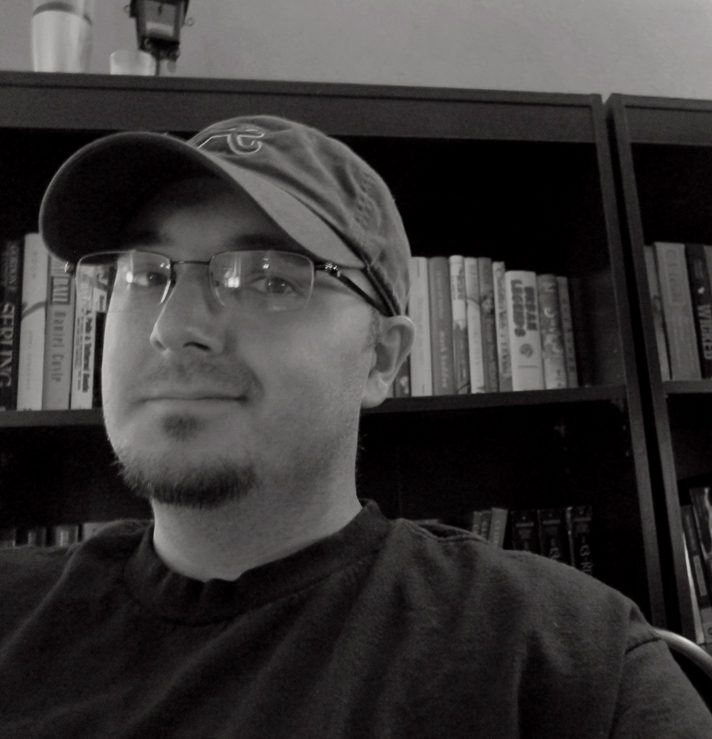 Patrick “Patch” Hicks calls Little Rock, Arkansas home with his family of four (his wife, son and two pets). When he’s not podcasting, he works as a multimedia designer and is also dabbling in the art of writing and directing. You can find him floating around the web on Twitter, Facebook, and his home on the web, ThisIsPatch.com.
Patrick “Patch” Hicks calls Little Rock, Arkansas home with his family of four (his wife, son and two pets). When he’s not podcasting, he works as a multimedia designer and is also dabbling in the art of writing and directing. You can find him floating around the web on Twitter, Facebook, and his home on the web, ThisIsPatch.com.

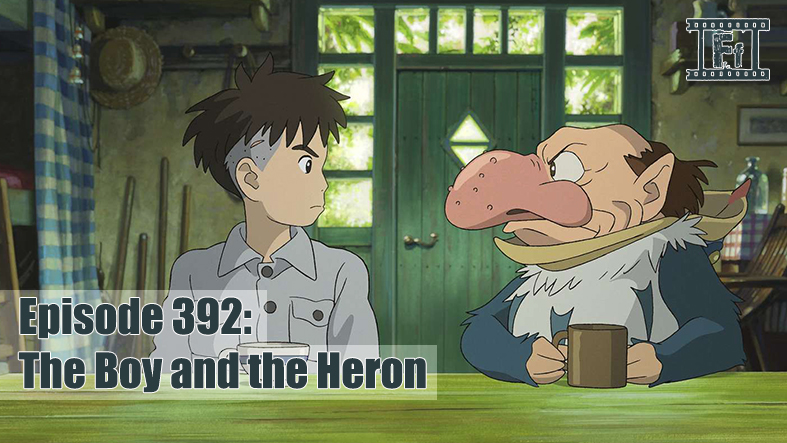
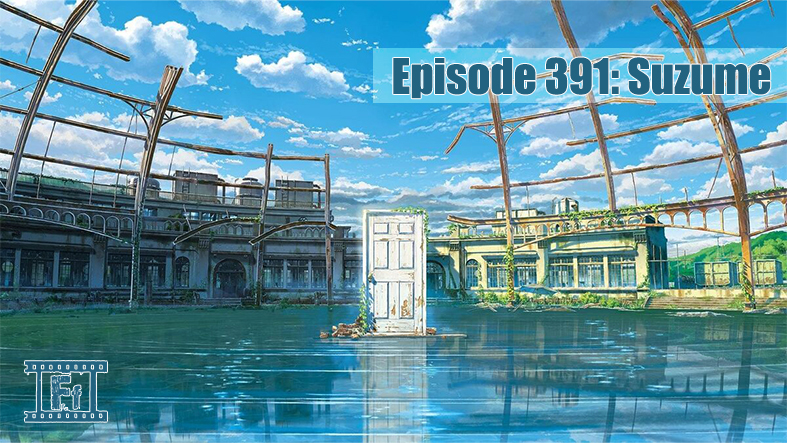

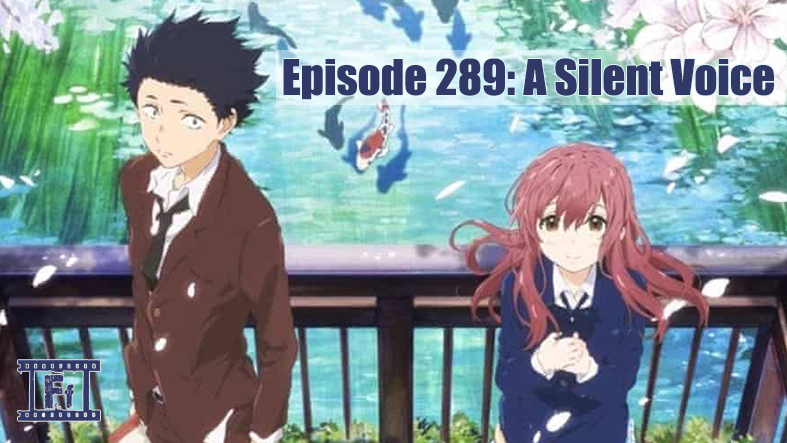
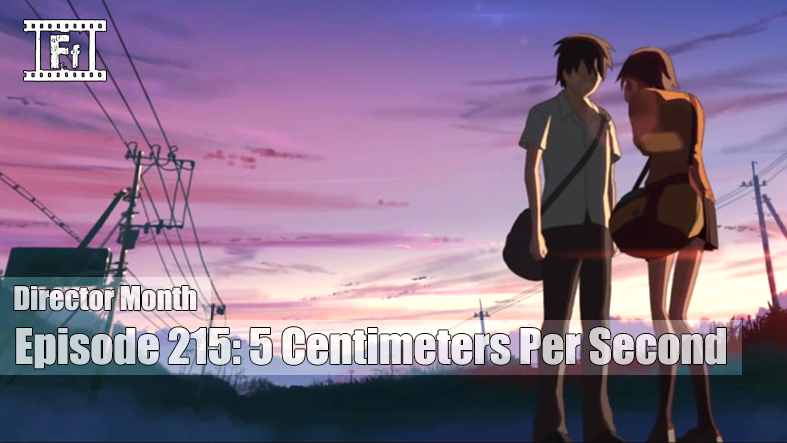

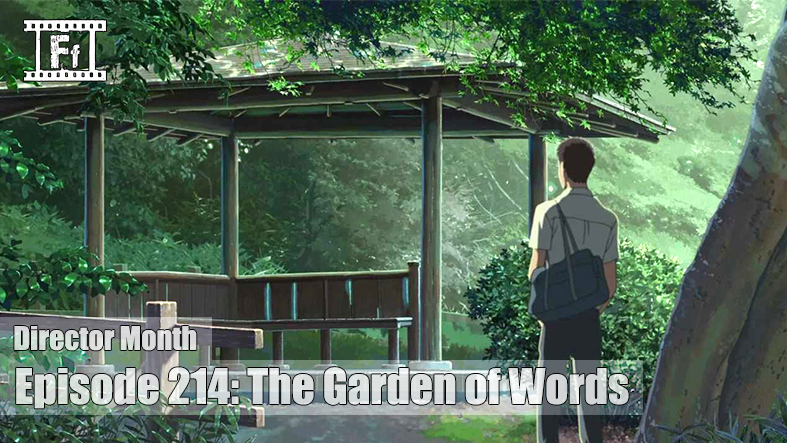
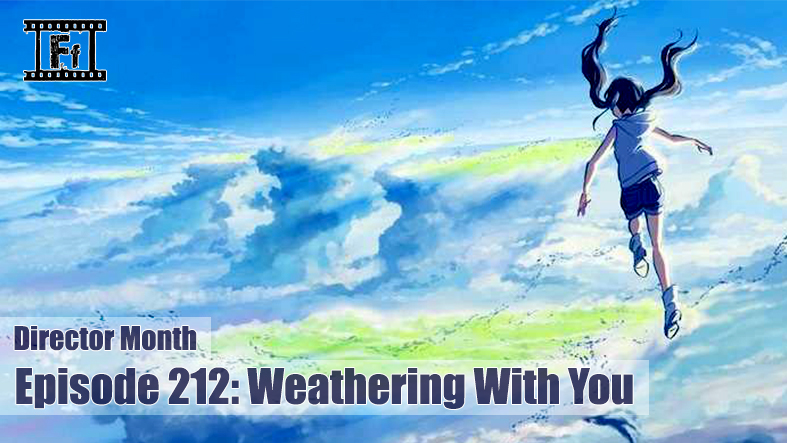
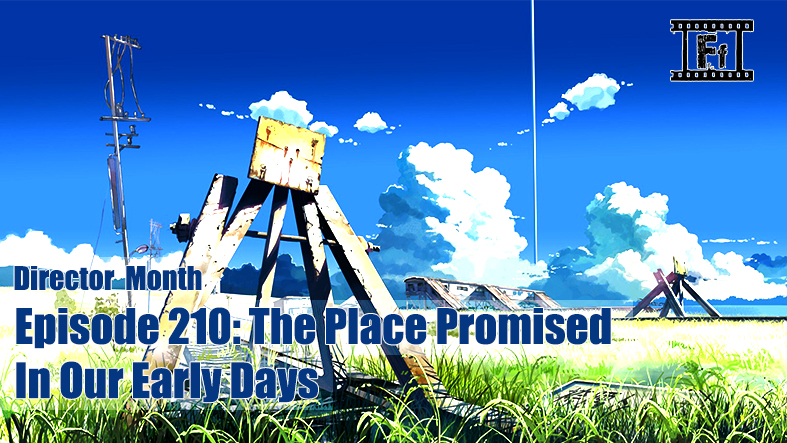
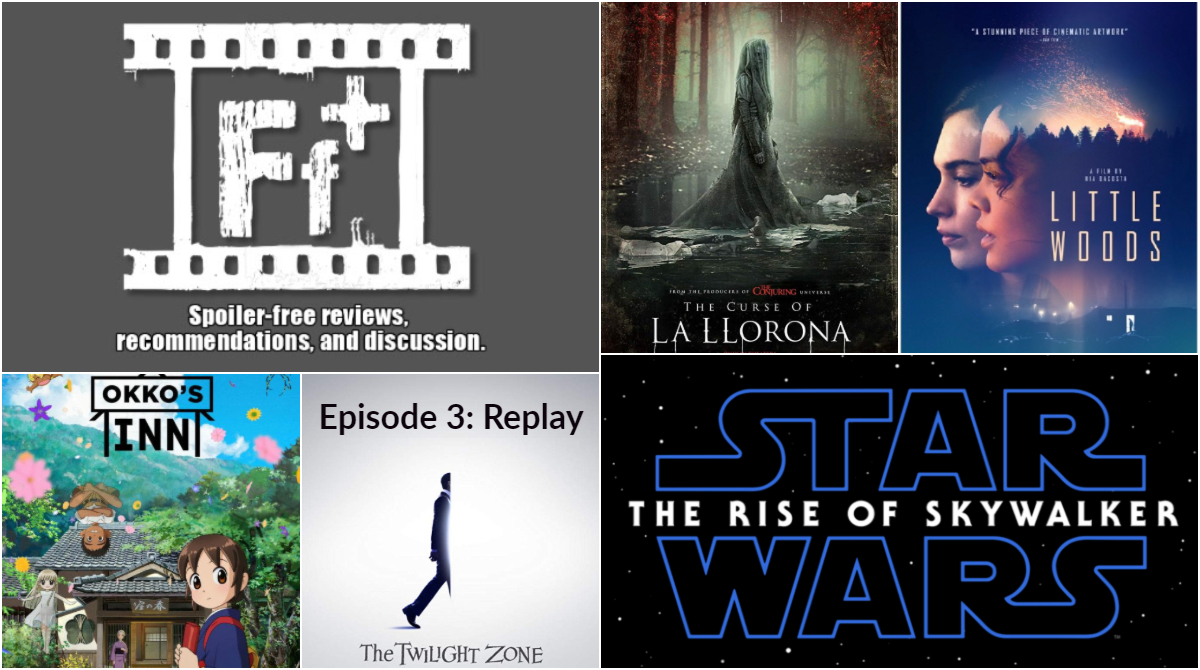
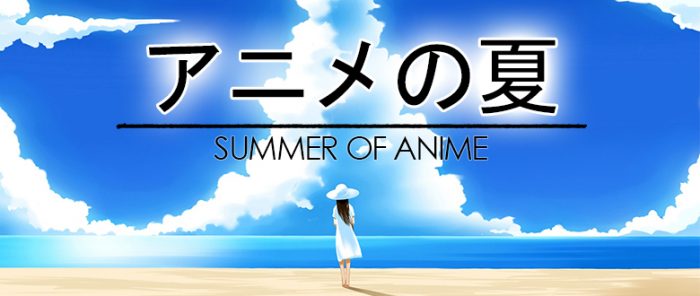

 Patrick “Patch” Hicks calls Little Rock, Arkansas home with his family of four (his wife, son and two pets). When he’s not podcasting, he works as a multimedia designer and is also dabbling in the art of writing and directing. You can find him floating around the web on
Patrick “Patch” Hicks calls Little Rock, Arkansas home with his family of four (his wife, son and two pets). When he’s not podcasting, he works as a multimedia designer and is also dabbling in the art of writing and directing. You can find him floating around the web on